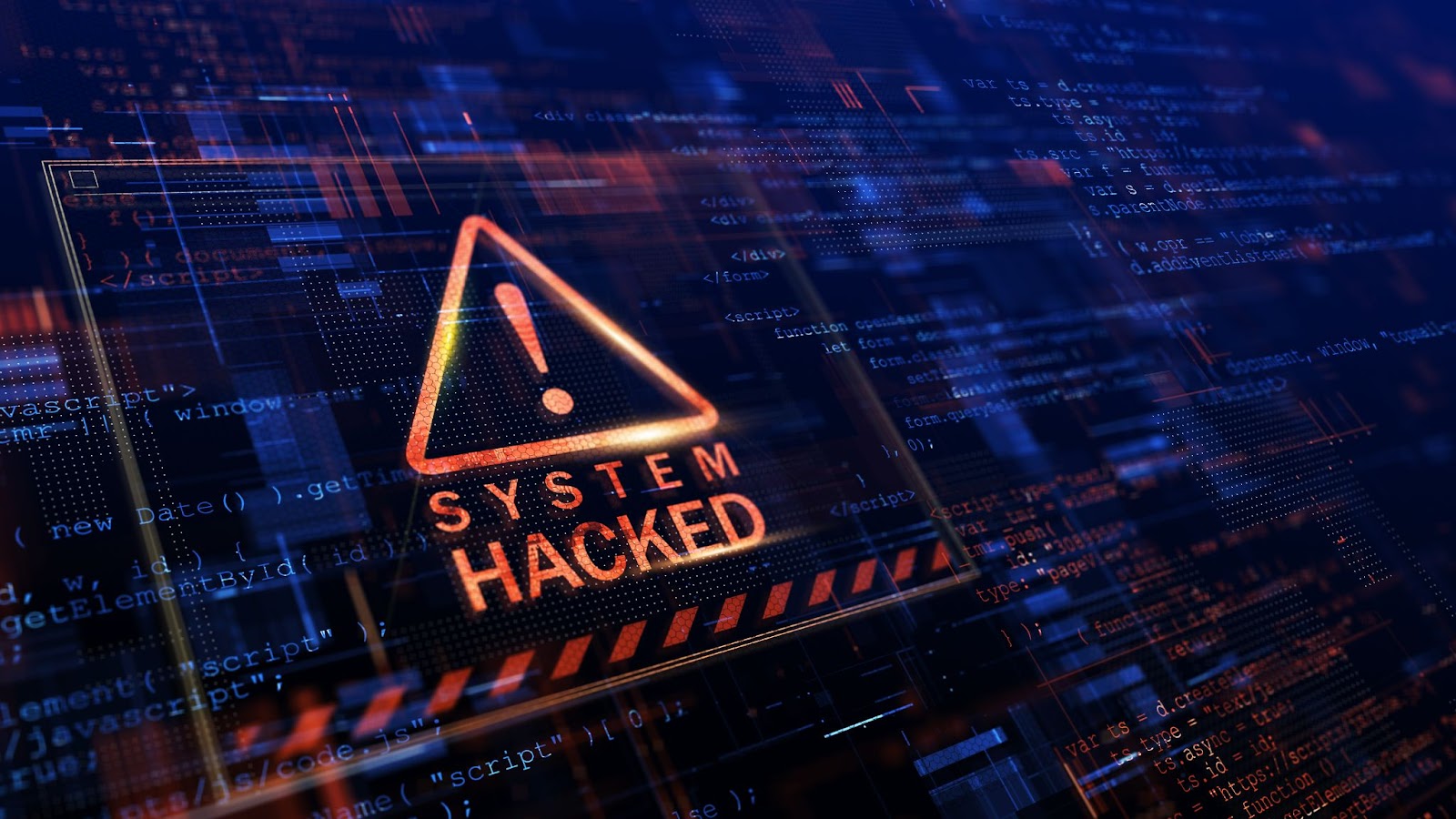What is Zeus Trojan Virus & How to Protect
What is the Zeus Trojan Virus? Understanding the Threat and How to Protect Your System The Zeus Trojan virus, also known as Zbot, is one of the most infamous forms of malware ever created. First identified in 2007, Zeus was designed with the goal of stealing sensitive information such as banking credentials and other financial …










